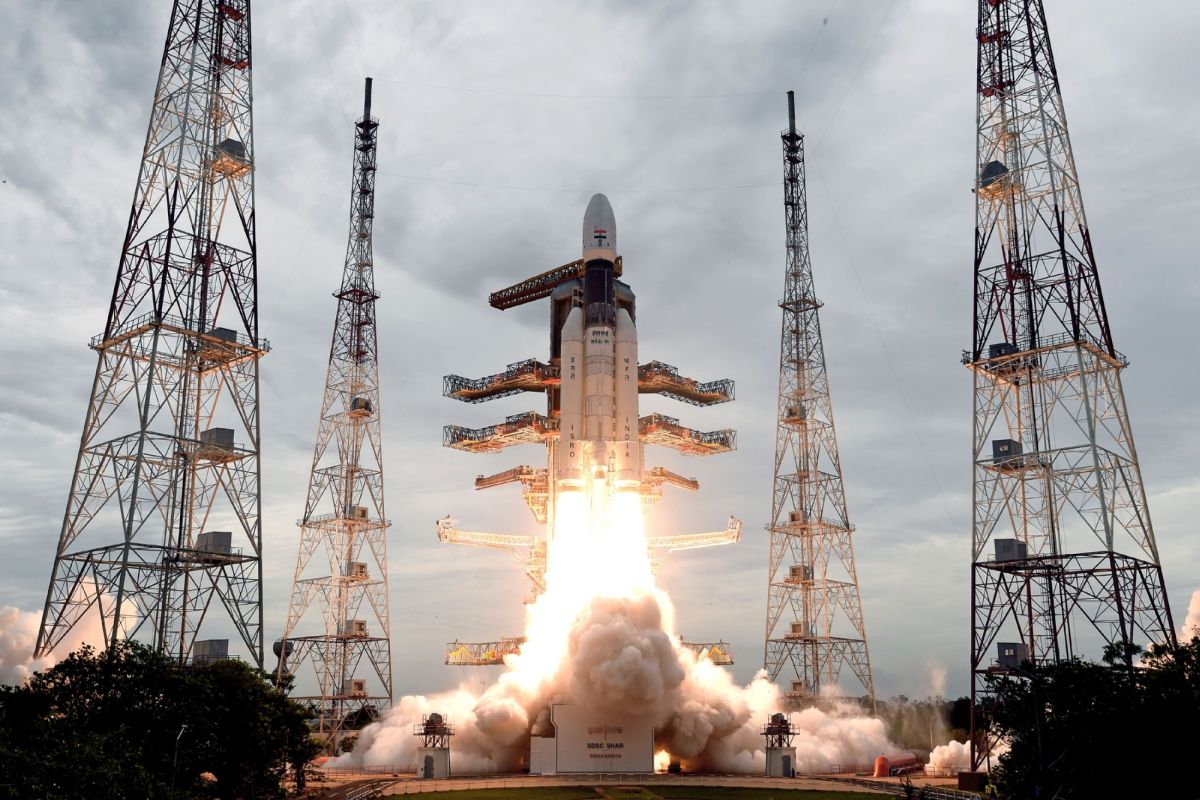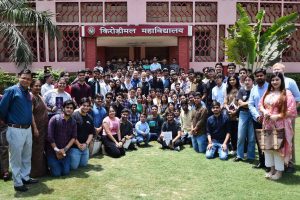India’s Polar Satellite Launch Vehicle-C56 (PSLV-C56) on Sunday morning lifted off with seven satellites from Singapore, including the DS-SAR satellite.
The PSLV Core Alone variant rocket carries the 352 kg synthetic aperture radar satellite DS-SAR as the primary passenger.
The other six co-passengers are small satellites – the 23 kg VELOX-AM, ARCADE (24 kg), SCOOB-II (4kg) from Nanyang Technological University, Singapore; the 3 kg NuLIoN belonging to NuSpace Pte Ltd, Singapore, the 3.5 kg Galassia-2 from National University of Singapore, and the 13 kg ORB-12 STRIDER from Aliena Pte. Ltd., Singapore.
Cumulatively, the seven satellites weighed 422.5 kg.
The 44.4 metre tall PSLV-C56 rocket, with a lift off mass of 228.6 ton and loaded with the seven satellites, blasted off from the first launch pad at the Satish Dhawan Space Centre (SDSC) here at 6.30 a.m. and slowly rose-up towards the skies.
If the launch is successful, the Indian space agency would have launched 431 foreign satellites belonging to 36 countries since 1999 with its rockets-bulk of the numbers with the PSLV rocket.
The rocketing on Sunday was made possible by NewSpace India Ltd-the commercial arm of India’s Department of Space- by contracting primarily with ST-Engineering to orbit the DS-SAR satellite.
One of the notable features of the mission is that ISRO will de-orbit or bring down the rocket’s fourth stage to low earth orbit (LEO) with the remaining fuel in order to cut short its orbital life.
The PSLV rocket is powered by solid (first and third stages) and liquid (second and fourth stages) fuels alternatively.
The PSLV in normal configuration is a four stage/engine expendable rocket powered by solid and liquid fuels alternatively with booster motors strapped on to the first stage to give higher thrust during the initial flight moments.
The rocket that flew on Sunday was the Core Alone variant – without any strap-on motors – as the total weight of the satellites is low.
Just over 21 minutes into its flight, the PSLV-C56 will eject DS-SAR satellite. It will be followed by other six satellites.
In about 24 minutes after the lift off, the Indian rocket would have orbited all the seven satellites.
The DS-SAR satellite is developed under a partnership between DSTA (representing the government of Singapore) and ST Engineering.
Once deployed and operational, it will be used to support the satellite imagery requirements of various agencies within the government of Singapore.
ST Engineering will use it for multi-modal and higher responsiveness imagery and geospatial services for their commercial customers.
DS-SAR carries a Synthetic Aperture Radar (SAR) payload developed by Israel Aerospace Industries (IAI). This allows the DS-SAR to provide for all-weather day and night coverage, and capable of imaging at one metre resolution at full polarimetry.
On the other hand, the VELOX-AM, is a technology demonstration microsatellite; ARCADE Atmospheric Coupling and Dynamics Explorer (ARCADE) is an experimental satellite; SCOOB-II, a 3U nanosatellite flying a technology demonstrator payload: NuLIoN by NuSpace, an advanced 3U nanosatellite enabling seamless IoT connectivity in both urban & remote locations; Galassia-2, a 3U nanosatellite that will be orbiting at low earth orbit and ORB-12 STRIDER satellite is developed under an International collaboration, ISRO said.
The Sunday rocketing was the second one for ISRO in a space of about two weeks. On July 14, ISRO rocket LVM3 put into orbit the Chandrayaan-3 spacecraft.











